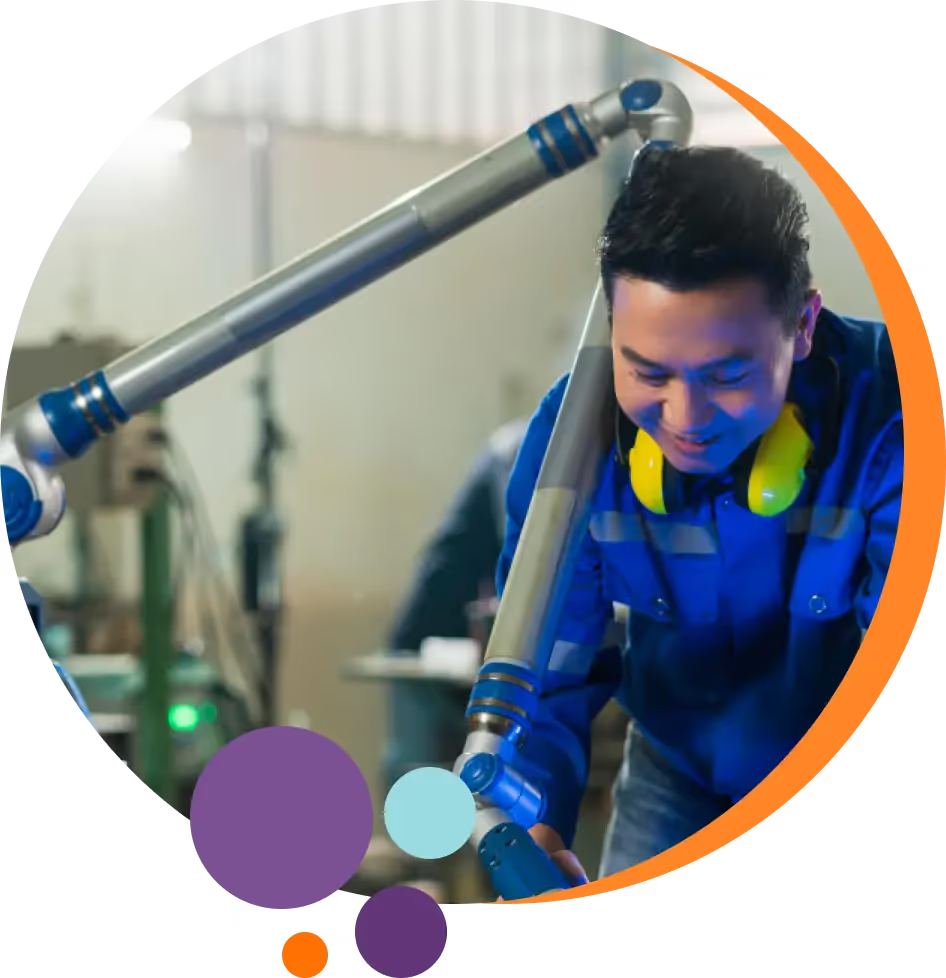Wind Capacity in the USA: The Current Scenario
In 2023, the US generated more than 425,000 gigawatt-hours (GWh) of electricity from wind, enough to power more than 39 million average American homes.
According to Climate Central, US wind capacity has more than doubled over the last ten years, from 2014 to 2023.
This rapid expansion highlights the country's commitment to clean energy. Renewable energy has several advantages for the environment as well as the economy. It reduces greenhouse gas emissions, minimizes air pollution, and conserves water resources that would otherwise be consumed by traditional energy sources.
As renewable energy technologies improve, moreover, the costs of building and operating wind turbines will drop, making them an even more attractive option for the future.
The Annual Energy Outlook (AEO 2023) emphasizes the role of renewable energy in meeting the country’s power demands. The report notes that, compared to 2020, wind generating capacity in the US is projected to grow by 138% to 235% by 2050. This reflects the nation’s ambitions for a greener future and demonstrates the increasing reliability and efficiency of wind power technology.
Wind turbines themselves have evolved dramatically over the past few decades. According to the Office of Energy Efficiency & Renewable Energy, wind turbines have steadily grown in size (both in height and blade length) since the early 2000s and generate more energy today than ever before. Rapid technological advancements have made wind farms more productive and able to harness greater amounts of energy while reducing overall costs.
The US ranks as a major global player in wind energy. In 2022, it stood second on the list of the world’s top five markets for new wind installations.
The economic benefits of wind energy extend beyond clean power generation. The expansion of wind farms creates opportunities for local communities, providing jobs and stimulating regional economies. With its demand for technicians, engineers, and construction workers, the wind energy sector has the potential to offer stable, hands-on employment across the US, particularly in rural areas where wind farms are often located.
Growing capacity in wind power will require ever more workers to install, maintain, and repair the vast network of turbines that will drive the country’s transition to renewable energy.
Before exploring the job outlook for wind turbine technicians, let’s first take a closer look at what the role involves.
What Do Wind Turbine Technicians Do?
Wind turbine technicians, also known as wind techs, are skilled professionals who maintain and repair wind turbines. Let’s dive into the key responsibilities of wind turbine technicians and the different types of wind turbines they work with.
Key Responsibilities of Wind Turbine Technicians
Wind turbine technicians have multiple key responsibilities:
1. Installation and Commissioning
Wind turbine technicians are involved in the initial installation and commissioning of turbines. This process includes assembling the turbine components—such as the tower, nacelle (a compartment at the axis of the blades that houses the gearbox, generator, brake, and other components), and blades—on-site. Wind techs must follow precise engineering specifications to ensure the turbines are set up correctly and safely.
After installation, they perform tests and inspections to verify the turbine is ready for operation. Commissioning also involves programming the turbine's control systems to ensure they can be monitored for performance and adjusted when necessary.
2. Routine Maintenance
Like any complex machine, wind turbines require regular maintenance to keep them running smoothly. Wind turbine technicians perform routine inspections and preventive maintenance to identify potential issues before they become serious problems. This includes checking mechanical components like the gearbox and generator, as well as inspecting electrical systems and hydraulic systems that control the blade pitch and yaw mechanisms.
Routine maintenance may also involve cleaning turbine parts, lubricating moving components, and tightening bolts that may loosen due to vibrations.
.webp)
3. Troubleshooting and Repairs
When a turbine malfunctions, wind turbine technicians are called in to troubleshoot the issue and carry out repairs. Troubleshooting involves diagnosing problems with the turbine’s mechanical, electrical, or control systems.
Wind techs use specialized diagnostic tools to identify issues such as electrical faults, worn-out parts, or software errors. Once the problem is identified, they perform the necessary repairs, which may involve replacing faulty components, repairing damage to the turbine blades, or recalibrating control systems.
4. Climbing and Working at Heights
One of the more physically demanding aspects of the job is that wind turbine technicians must regularly climb towers that can exceed 300 feet in height. Wind techs work in confined spaces within the nacelle at the top of the tower, inspecting and repairing components. Given the height and conditions, technicians must be highly trained in safety procedures, including using fall protection equipment and understanding weather risks like high winds or lightning.
5. Monitoring Performance
Wind turbines are equipped with sophisticated monitoring systems that provide real-time data on their performance. Wind turbine technicians are responsible for reviewing this data to track the health of each turbine. They monitor power output, rotor speed, and vibration levels, among other metrics, to ensure the turbine is operating efficiently. If the data indicates an issue, the technician may need to perform further inspections or adjustments.
6. Offshore and Onshore Operations
Wind turbine technicians can work on either onshore or offshore wind farms. Offshore wind farms are typically located in oceans or large bodies of water, where the wind is stronger and more consistent.
Offshore technicians must have specialized training to work in these harsh environments, which often require additional safety measures such as boat or helicopter access to the turbines. Onshore technicians work on land-based turbines, often in remote areas with challenging terrain.





















.webp)



